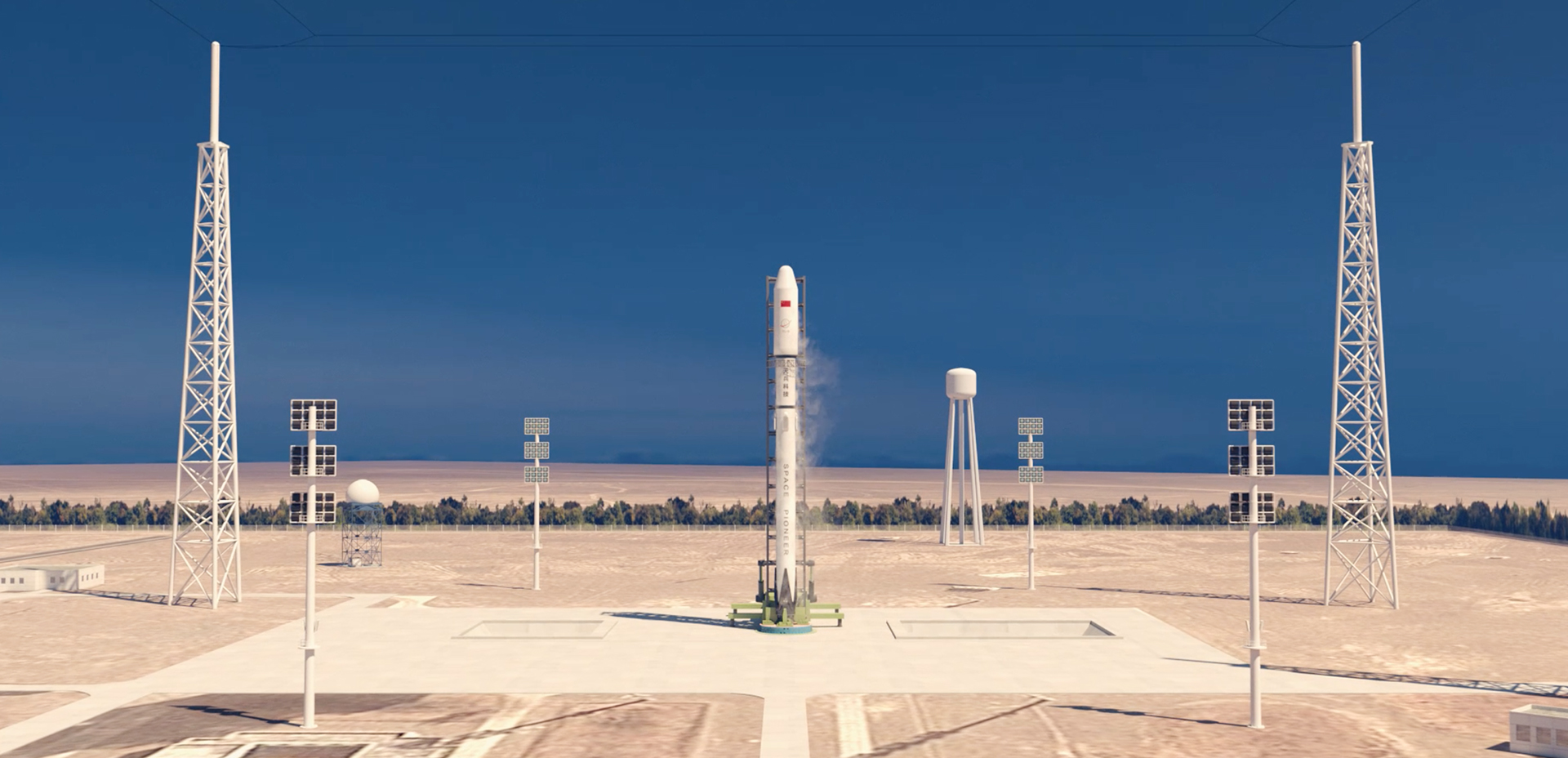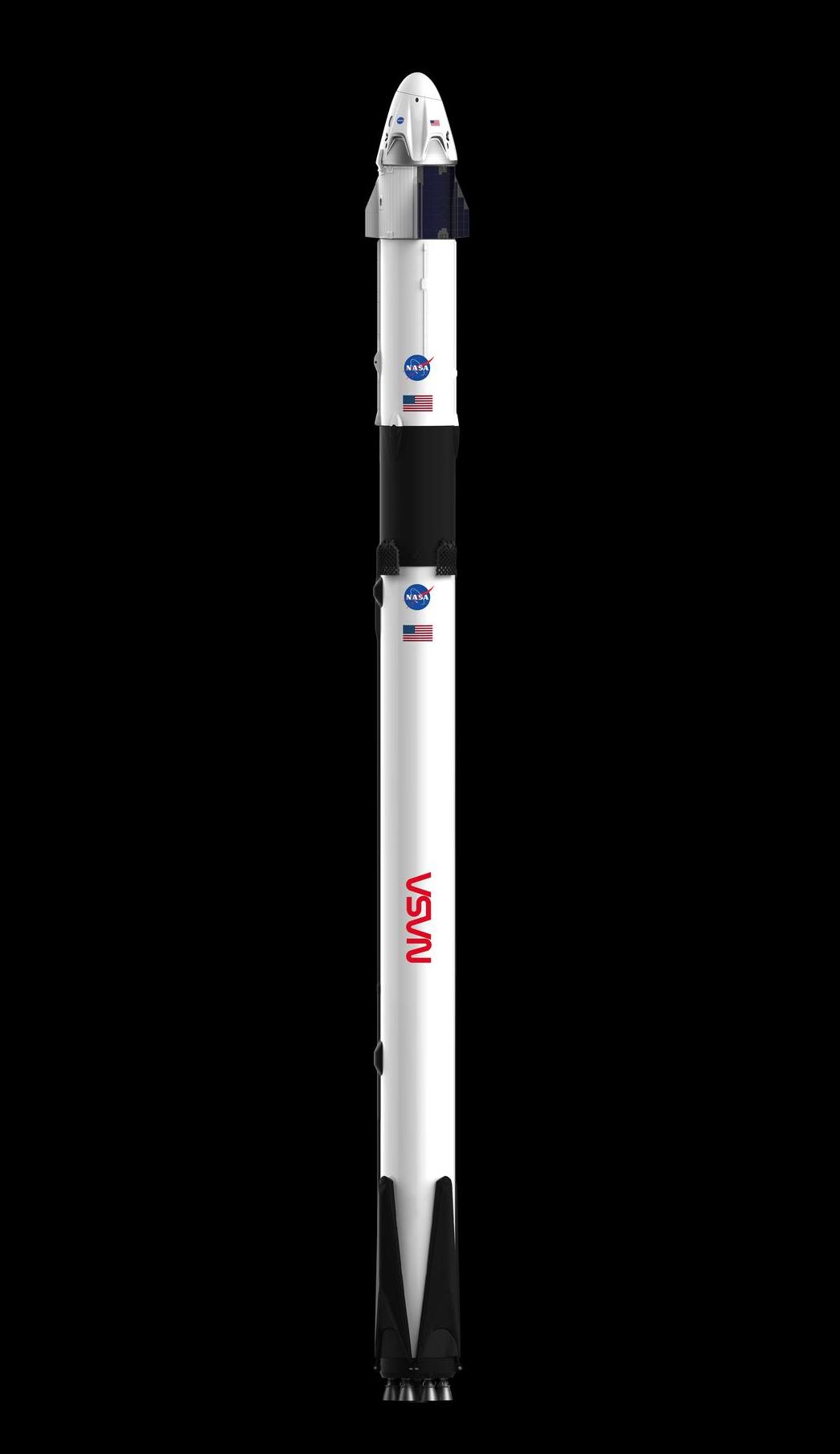China’s Space Pioneer company, also known as Beijing Tianbing Technology Co., Ltd, has announced the closure of a successful funding round of approximately “several hundred million yuan” (about USD 13.7 million). Funding is needed for a startup to develop a new reusable Tianlong-3 rocket, which is very similar to the SpaceX Falcon 9 both externally and in terms of technical characteristics.

Capabilities of Tianlong-3 rocket
Tianlong-3 (from Chinese: Sky Dragon-3) is a two-stage liquid-fuel rocket with a reusable first stage. Its height is 71 m, diameter — 3.8 m, starting weight — 590 tons, maximum thrust — 770 tons. Space Pioneer claims that it will be able to launch 17 tons of payload into a 500-kilometer sun-synchronous near-Earth orbit.

Now, Space Pioneer is actively building a launch pad for a rocket at China’s Jiuquan spaceport in the Gobi Desert. The first launch of Tianlong-3 is scheduled for the first half of 2024. The startup plans to carry out about 30 launches per year for three years after the debut launch.
At the moment, the Tianlong-3 is the largest commercial rocket being prepared for launch in China and the second in payload capacity after the Long March 5B single-use carrier, capable of launching a payload weighing 25 tons into near-Earth orbit.

Chinese commercial rockets have already achieved significant success in the field of space flights — in particular the Tianlong-2 from Space Pioneer and the Zhuque-2 from Landspace. In addition, China is developing national policies and projects that provide opportunities for private companies, including potential cargo launches to the Tiangong Space Station.
Space Pioneer Plans
Space Pioneer plans to deliver 30 satellites into orbit in one launch, which meets the requirements of a cheap, highly reliable and high-frequency launch for the Chinese national satellite Internet project in low orbit, known as Guowang. It provides for the creation of a low-orbit communication “fleet” of 13 thousand satellites.
Also, Space Pioneer is considering the possibility of developing a larger version of the rocket — a three-stage Tianlong-3M, similar to the Falcon Heavy. In addition, their plans include the creation of reusable space planes.
China opened its space sector to private companies in 2014, which led to increasing interest and activity in this area. Commercial companies such as Landspace, Space Pioneer, Galactic Energy, iSpace and Expace have already achieved notable success in space launches and are actively involved in space exploration.
Earlier we reported on how the rocket from the Chinese Rocket Lab crashed.
According to spacenews.com
Follow us on Twitter to get the most interesting space news in time
https://twitter.com/ust_magazine

